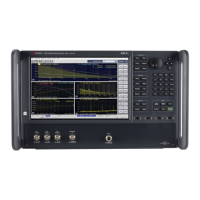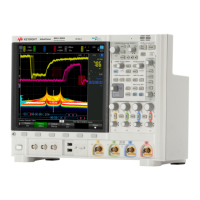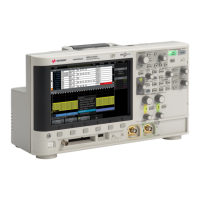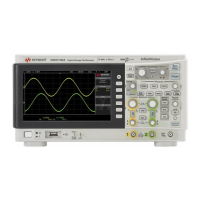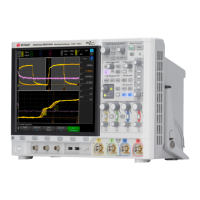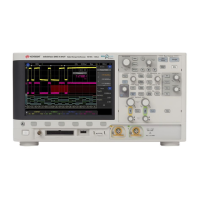Keysight EXG and MXG X-Series Signal Generators User’s Guide 233
Basic Digital Operation for N5172B/82B with Options 653/655/656/657
Setting the Real-Time Modulation Filter
Common uses for the real-time modulation feature include:
— Where the single carrier rectangular ideal I/Q symbol decision points are known and are to have
an over-sampled filter applied.
— Where greater effective MXG/EXG memory size is required.
— When you have a low rate waveform that could benefit from a higher OSR that does not make
the waveform longer.
The real-time modulation filter setup is one of the file header parameters (page 163), which means
you can store this setup with the waveform. When you select a waveform with a stored modulation
filter setup, the signal generator changes the current setup to match the stored file header setup. If
there is no stored modulation filter setup for the current waveform, the signal generator uses the
last set modulation filter setup.
You can also use the Save function (page 80) to store this value as part of the signal generator
setup. When you Recall a setup stored with the Save function, the modulation filter value becomes
the current instrument setting value, disregarding the stored file header value.
Use the following steps to apply a real-time modulation filter to the current waveform loaded into
volatile memory. This example uses the factory supplied waveform, SINE_TEST_WFM available in
the Dual ARB Player. To view the output for this example, connect the RF OUTPUT of the signal
generator to the input of a spectrum analyzer.
1. Configure the modulation filter:
Press Mode > Dual ARB > Arb setup > More > Real-Time Modulation Filter > Select > Root
Nyquist
2. Press Filter Alpha > .4 > Enter.
The modulated RF signal now has a real-time modulation filter of type root nyquist, with a
filter alpha of 0.400.
The following setup assumes you have completed the setup in “Setting the
Baseband Frequency Offset” on page 207 for creating a modulated RF
signal that is offset from the carrier frequency by 20 MHz.
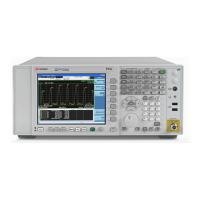
